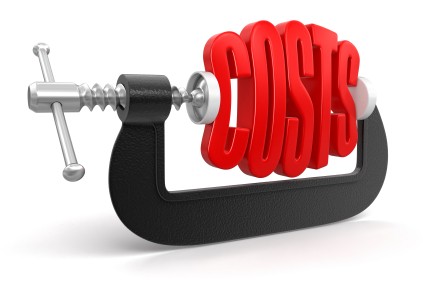
Reap the Benefits of Your New ERP System!
In our past two blog posts, we have discussed the warning signs that you need an ERP system and why now is the best time to invest in one. We talked about how if you’ve seen a need for a more advanced system, seen a loss in control, tight cash restrictions, and are not able to meet demand, then you definitely need ERP. Because you want to achieve a competitive advantage, it is important that you’re acting right now because it is so affordable and so many resources are available to you.
Now that you’re on track to implementing an ERP system, what are the actual, tangible benefits? It is important to recognize all potential business benefits as some factors you may not even think of could be huge negative game changers. The benefits ERP provides can be broken down into various tiers: benefits that can be measured in cost and time savings, benefits attributed directly to the implementation of ERP, and some benefits that are indirectly linked. Some of these benefits include, but are not limited to:
-
- Reduction in costs – operational, administrative, inventory
-
- Reduction in waste
-
- Better utilization of resources
-
- Increased revenue
-
- Increased value to customers
-
- Increased production and productivity
- Increased visibility and reduced risk of decisions
Cost savings is the most important benefit and the number one goal of your ERP implementation. You’re probably thinking, “easier said than done.” Actually, cost savings is a lot easier than you think, especially with ERP in place. Any type of company is capable of reducing indirect and administrative costs for certain tasks like processing customer invoices, matching vendor invoices, making day-to-day payments, reconciliation, reporting, compliance, and month end close. Whether you realize it or not, there is a cost associated with each of these tasks. Whether or not these are adequately measured is a different story, though. By having a solid grasp on what daily business tasks has associated costs is a big step on the road to cost savings with ERP.
The two very important factors that ultimately determine how profitable you are as a result of ERP are control and efficiency. ERP enables you to measure efficiency and control throughout your business that you most likely would not have been able to achieve otherwise. Because most businesses without ERP are managed through a series of spreadsheets, manual processes, loose paper notes, and possibly augmented with disparate business applications like stand-alone accounting software, you are working with older closed architectures. Remember, the more pieces of paper that get passed from desk to desk, hand to hand, are a measure of inefficiency that is difficult to measure but practically impossible to ignore. The elimination of paper and automation of these inefficient processes are exactly what Enterprise Resourcing Planning is intended to do.
ERP not only improves efficiency and productivity, but is a good measure of visibility. For the most part, it’s challenging to measure visibility from paper, spreadsheets, and manual processes. Luckily, with an ERP system, you are operating from a single source of data in real-time, reducing the risk of errors and omissions. Remember, the sooner you implement an ERP system, the sooner you can reduce costs, increase visibility, reap the above benefits, and be overall more connected to your organization. Stay tuned for our blog post next week, which will be the final one in this ERP series, and also will cover Third Wave’s recommendations for the next steps in your ERP journey. Don’t hesitate to contact us with any questions!


